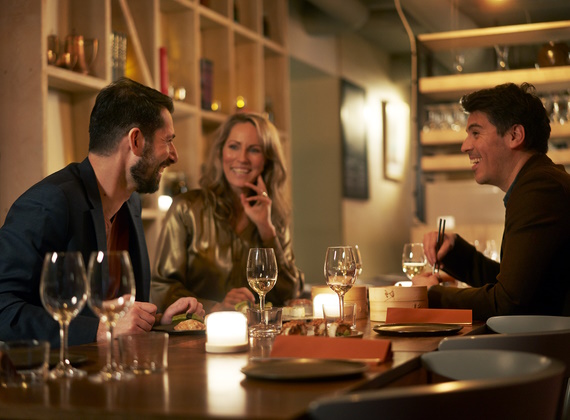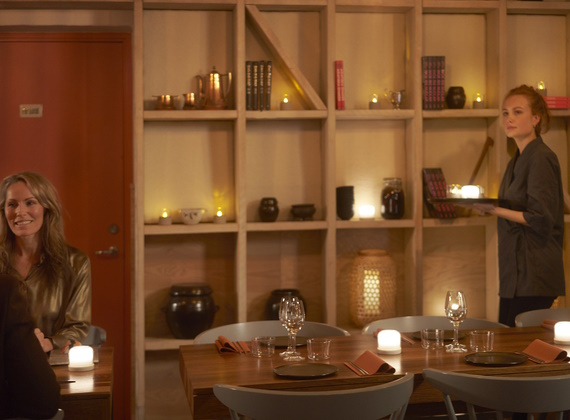In fusion cuisine, different components "fuse" - that is, they merge with each other. Typically, ingredients and techniques from different national cuisines are combined in one dish. How about goat cheese in combination with soy sauce, for example? What supposedly doesn't go together gets attention in fusion cuisine. In this way, guests experience a completely new taste experience that they certainly haven't experienced before.
Often, fusion cuisine has an Asian influence, but European delicacies also find their way into this creative variety of cuisine. Star chefs have also discovered fusion cuisine for themselves and conjure up fancy dishes with unique flavor components.
Why is fusion cuisine interesting for restaurateurs?
In order to attract new guests to your restaurant, it is advisable to always offer new and creative menus and thus stand out from the competition. In many places, tried-and-true recipes continue to pay off, though your clientele will also appreciate new ideas. One way to accommodate your clientele's curiosity is through fusion cuisine. Here are the benefits of fusion cuisine in the restaurant industry:
- The wide range of dishes attracts guests who like to experiment.
- The offer is enriched with unique taste experiences.
- Specialization not only in one region, but different directions.
If you want to give fusion cuisine a chance, it's best to also ask yourself whether your new offering plans fit in with the rest of your dishes as well as your guests. If your guests are mainly interested in classics such as schnitzel and French fries, then the willingness to try trendy, Asian-inspired dishes will be rather low. Therefore, as a chef, always adapt the cuisine to your guests.
Fusion cuisine: First steps
If you want to venture into new dishes and combine different food cultures and flavors, first think about the needs of your guests. Often, for example, the bestseller on the menu can be reinterpreted and expanded with ingredients that don't fit at first glance. In this way, you offer your guests something familiar, but with a new component. Try different combinations, experiment with spices as a chef, and don't be deterred by failures.
Also train your staff so they know all the ingredients and exactly why those particular components go together. Finally, the appearance on the plate also plays a major role - because as we all know, the eye eats with you! Try out different looks here, too. Just as with the culinary art, don't be afraid to be creative.


